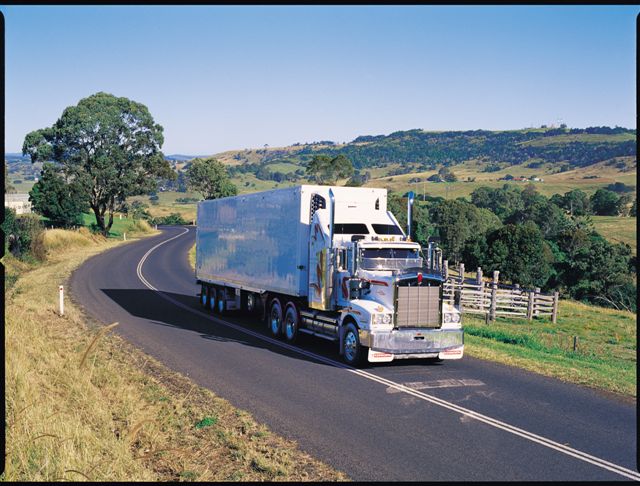A quick look at employment website Seek this week found 18,716 vacancies for truck drivers and 6,325 for diesel mechanics.
We all know labour shortages are a problem and most of us are aware that it’s happening right around the world.
There are lots of reasons why we have shortages including COVID, increasing compliance, stretched supply chains and worsening economic conditions.
Some operators have turned their back on their profession, saying enough is enough.
Everybody seems to say truck driving is an “essential industry” but not enough people want to ensure those words translate into action.
And then there’s the ageing of our workforce.
According to the Australian Industry Standards Industry Outlook, the age of the average worker in our sector is 45 years, and that’s increasing at a rate that’s 2.2 times faster than in all other industries.
The Federal Government is reviewing the system of skills classifications, recognising that the current method is outdated.
In time, that’s going to make it easier for Australia to source overseas drivers.
But what if a magic wand was waved and more drivers came here tomorrow?
We lack a nationally universal system of driver competency assessment, so the brutal truth is that it would cause a new problem.
NatRoad has been an advocate for national competency standards for a very long time.
At present, licence progression is based on time served on a lower licence class. For a heavy vehicle driver to be eligible to apply to progress to a higher licence class, the driver must hold a licence for a prior vehicle class for a minimum period of one year.
There is often no record of actual driving experience during that period.
In fact, actual driving experience is not required.
NatRoad Members have made it clear that they do not support a time-based heavy vehicle licensing system.
Licence tests should reflect real-world conditions and not be a box-ticking procedure based on time behind the wheel.
Let’s have standards we all agree on and train people well at the outset.
Any reliance on post-licence, behind-the-wheel, supervised training has to be dropped.
Specific training on dealing with the risky behaviour of light vehicle drivers needs to be part of progression, and testing on how to drive around trucks should also be a part of licensing requirements for light vehicle drivers.
The worsening driver shortage means it’s time for regulators to put the skates on and for all the States and Territories to back them.
If you look at the current heavy vehicle licensing framework, it’s only been implemented in New South Wales, Tasmania, Victoria and the Northern Territory.
How can you allow drivers who qualified for a licence overseas to operate across all States and Territories in Australia without universal competency standards?
This becomes an even bigger problem when heavy vehicle laws are applied inconsistently.
We’ve said before that it’s time to adopt a risk-based approach to monitoring of driving and not penalise people for petty mistakes.
I’m not talking about the small minority of rogue drivers trying to manipulate the system. They should go.
The sort of enforcement that imposes a massive financial hit on somebody because they misspelt a place name or didn’t draw a straight line, however, should have no place in our industry.
NatRoad also supports new and expanded national fitness to drive standards to be linked with licensing and licensing renewal.
I know that fitness to drive standards are a vexed issue for some drivers, but it’s not a question of singling out older truckies.
It’s a recognition that safety matters – above all else – and there should be nationally co-ordinated medical disclosure and reporting of conditions that affect the driving task.



